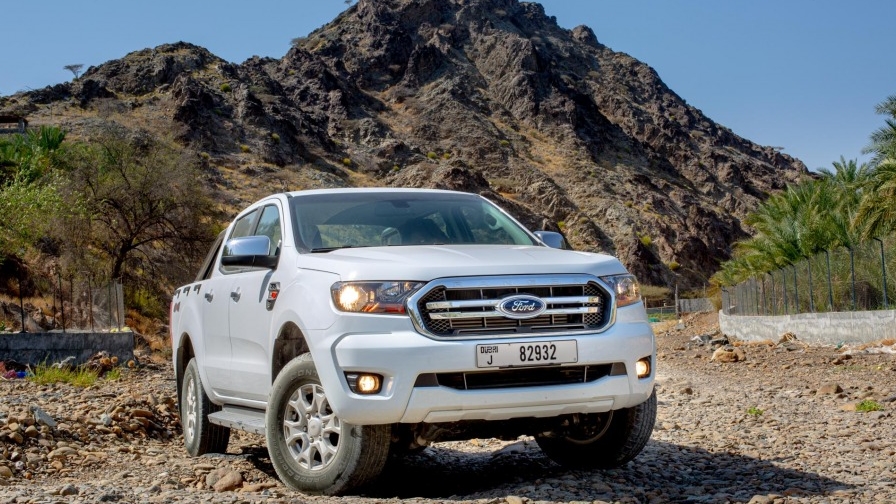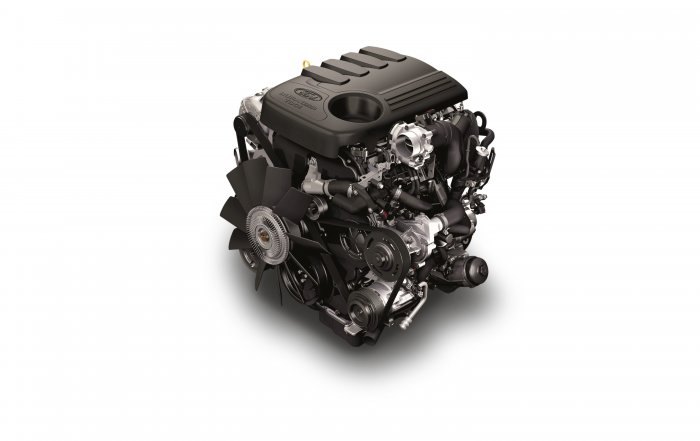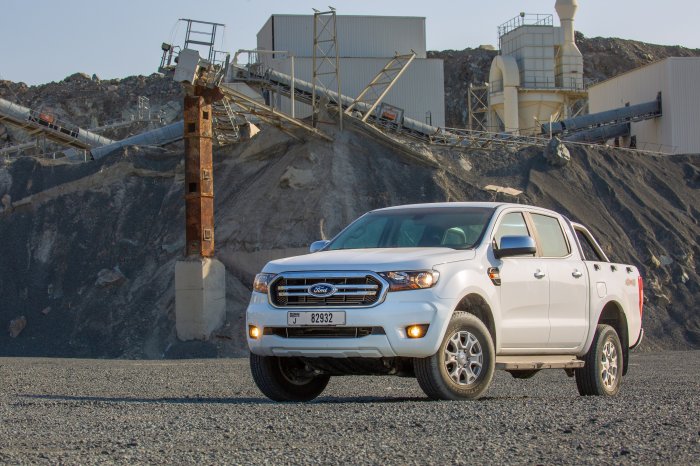
Pulling Power: How Ford’s Incredible Turbodiesel Engines Deliver the Torque and Efficiency That Owners Demand
Hard work demands a dependable engine, and the Ford Ranger’s reputation for rugged reliability is built on the strength of its globally-proven Duratorq turbodiesel engine range.
Built at the Ford Struandale Engine Plant in Port Elizabeth, South Africa – the 2.2-litre and 3.2-litre Duratorq TDCI engines that power the Ranger line-up combine excellent performance with advanced fuel-efficient engine technology to give Ford’s mid-size pickup an edge over other trucks.
“Our Duratorq engines really do unite power and efficiency to give owners many years of reliable service,” said Adriaan Coetzee, commercial and fleet sales director for Ford Direct Markets. “Ford’s ongoing efforts to balance performance and efficiency means the Ford Ranger has the power to tackle the most demanding work more efficiently than ever before.”
The 2.2-litre Duratorq engine, available across the Ranger’s workhorse Base, XL, XLS and XLT trim levels, has been developed for customers who want to maximise fuel efficiency without sacrificing power or torque. The 3.2-line inline five-cylinder TDCI engine is fitted to Wildtrak and variants of the XLT and has been tuned to provide maximum power and torque for ultimate off-road and load carrying performance without compromising fuel efficiency.
Key Duratorq engine and powertrain technologies include:
A clever turbo
Variable Geometry Turbochargers enable an increase in power and torque by allowing the vane angles in the turbocharger to be controlled electronically. Variation in vane angle allows more accurate control of boost pressure over a wider operating range. This is necessary to enable lower end torque capability while maintaining excellent fuel economy.
An Exhaust Gas Recirculation (EGR) system
The Ranger uses an EGR system with increased exhaust gas cooling. The system uses Pierburg valves and has an intake manifold with a centrally located throttle body. This system has improved the cylinder-to-cylinder distribution of the charge air and EGR, and has been optimised for gas flow efficiency, helping to reduce NOx emissions.
High-pressure direct fuel injection
Operating at 1800 bar, the fuel injection system in Duratorq engines uses a new cone angle, more injection holes and a higher fuel-flow rate. The use of piezo injectors allows Ford to be very precise in the injection process, the result of which is a clean and complete combustion process achieving increased power and torque and a substantial reduction in fuel consumption and emissions. The precise injection timing and calibration also ensures a smooth combustion process for more refined performance.
An efficient Variable Flow Oil Pump
The variable flow oil pump only delivers oil as it is required, operating for less time and using less power, improving fuel economy. Engineers tuned internal flow characteristics for greater vehicle refinement.
A slick-shifting six-speed automatic transmission
The Ranger’s six-speed automatic transmission has been tuned to deliver smooth but quick shifts. It provides excellent performance feel, drivability and load carrying performance.
For normal driving, the transmission’s calibration focuses on comfort and fuel economy. For sportier driving in certain models, the transmission also offers a Sports Shift feature, which allows customers to select gears manually at the touch of a button – whether for maximum acceleration or to take advantage of the Ranger’s cargo-hauling capability.
The six-speed automatic transmission features adaptive modes including economy, performance, sports, uphill, downhill and towing, as well as high- and low-range four-wheel drive. The transmission’s software interacts with the vehicle’s Electronic Stability Program to determine whether the driver is accelerating on a flat road, uphill or downhill, and can change shift patterns accordingly.
For instance, when towing at highway speeds, the transmission can choose the appropriate gear to account for the load being towed – which could be fourth, fifth or sixth gear. And when driving in low-range four-wheel drive, shift scheduling is changed to suit extreme off-road conditions.
The transmission can also tailor its responses to individual driving styles thanks to driver recognition software. This matches transmission performance to the current driving style by considering acceleration and deceleration rates, brake and throttle applications, and cornering speed, to ensure the vehicle is in the right gear at the right time, without undesired gear shifts.




























